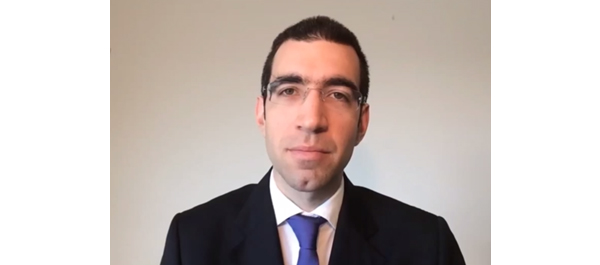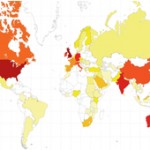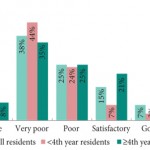Video: How do urology residents rate their laparoscopic experience?
Training of European urology residents in laparoscopy: results of a pan-European survey
Frederico T.G. Furriel, Maria P. Laguna*, Arnaldo J.C. Figueiredo, Pedro T.C. Nunes and Jens J. Rassweiler†
Department of Urology and Renal Transplantation, University Hospital of Coimbra, Coimbra, Portugal, *Department of Urology, Academic Medical Center, University of Amsterdam, Amsterdam, The Netherlands, and †Department of Urology, Klinikum Heilbronn, University of Heidelberg, Heilbronn, Germany
OBJECTIVE
• To assess the participation of European urology residents in urological laparoscopy, their training patterns and facilities available in European Urology Departments.
MATERIALS AND METHODS
• A survey, consisting of 23 questions concerning laparoscopic training, was published online as well as distributed on paper, during the Annual European Association of Urology Congress in 2012.
• Exposure to laparoscopic procedures, acquired laparoscopic experience, training patterns, training facilities and motivation were evaluated.
• Data was analysed with descriptive statistics.
RESULTS
• In all, 219 European urology residents answered the survey.
• Conventional laparoscopy was available in 74% of the respondents’ departments, while robotic surgery was available in 17% of the departments.
• Of the respondents, 27% were first surgeons and 43% were assistants in conventional laparoscopic procedures. Only 23% of the residents rated their laparoscopic experience as at least ‘satisfactory’; 32% of the residents did not attend any course or fellowship on laparoscopy.
• Dry laboratory was the most frequent setting for training (33%), although 42% of the respondents did not have access to any type of laparoscopic laboratory.
• The motivation to perform laparoscopy was rated as ‘high’ or ‘very high’ by 77% of the respondents, and 81% considered a post-residency fellowship in laparoscopy.
CONCLUSIONS
• Urological laparoscopy is available in most European training institutions, with residents playing an active role in the procedure. However, most of them consider their laparoscopic experience to be poor.
• Moreover, the availability of training facilities and participation in laparoscopy courses and fellowships are low and should be encouraged.



